How To Make A Pour-Over
To be able to get the a balanced pour-over, you need to have control control over various variables. This guide will explore methods and adjustments critical for achieving consistency and evenness in extraction, allowing you to fine-tune your brewing process to perfection.
Pour-over Technique
The objective of improving your pour-over technique is to ensure a consistent extraction throughout the coffee bed, which improves both the clarity of flavor and the overall extraction yield. While different equipment affects the result of the extraction, these principles remain applicable.

The Bloom
If you are unfamiliar with a bloom, it's the initial wetting of the coffee grounds. It's done to ensure a full saturation and avoid dry pockets or excessive degassing later. Normally, I bloom coffee for 30-45 seconds. On V60s, forming the coffee bed into a V shape can make the blooming more effective.
A bloom can be done with 2-3 times the water from the coffee dose. Biggerr blooms can lead to clogs or long brew times.
The Swirl
The swirl technique is the rotation of the coffee to level out the bed. The technique is similar to rotating a wine glass. Swirling the coffee can be done after each pour to reset the channels and create a flat surface that promotes even flow and extraction. However, this can cause clogging with grinders or coffees that produce more fines.
Pouring
The technique and consistency of pouring water play a significant role in achieving an even extraction. Utilizing a gooseneck kettle for precise control over the pour rate and direction can greatly enhance the uniformity of water distribution across the coffee bed.
To get to most extraction and agitation, I recommend pouring from 10-15 cm at 4-6 ml/s of flow.
Modifying The Brew Parameters
The skill of pour-over is being adapt your method to solve problems to produce excellent coffee. Here are the parameters to play with.

Grind size
Experiment with grinder settings to find the optimal grind size for your taste preference. A finer grind will slow down the drawdown and increase extraction. Starting with a coarse grind, and then gradually fine-tuning it helps find the ideal grind size. Fine grinds make it more difficult to do flavor evaluation. Taste-testing different grinds is most effective for achieving the best flavor.
Grinder speed settings and sifting
The speed of your grinder affects the consistency of the grind. Adjusting the RPM can change the particle size distribution. You can also switch to a grinder with larger burrs or different geometry that results in fewer boulders or fines.
You can also remove larger boulders and fines from your grind can improve the uniformity of your grind size distribution. This not only affects the flow rate but also the clarity and taste of your brew.
Water Temperature
Different brewing temperatures can extract different flavor compounds from the coffee. Experiment with higher or lower temperatures to explore varying profiles, depending on the roast and origin of the beans. A higher temperature will lead to increased extraction. I recommend 96-98 degrees C.
Ratio
The water-to-coffee ratio is a critical parameter that determines the strength and extraction level of your brew. Adjusting this ratio can help fine-tune the brew to match specific taste preferences. A higher ratio will lead to more extraction but less body. A general rule of thumb is 1:16 coffee to water.
Dose
Minor adjustments in the coffee dose can significantly influence the brew's flavor and strength. Increasing coffee dose with deepens the coffee bed, slowing water flow and increasing clog risk.

Pouring
The number of pours during brewing can affect the overall extraction time and dynamics. More pours generally mean a longer contact time, which can enhance extraction but may require adjustments to maintain temperature and taste consistency. I typically use 2-4 pours.
Pouring height and flow can also be changed to increase or decrease the coffee agitation, leading to more or less extraction.
Filters
Using different filter types can influence the brew by altering the flow rate and affecting the clarity of the coffee. Experiment with various thicknesses and materials to see how they change your brewing results.
Water Properties
Water chemistry can vary greatly by location and has a profound impact on coffee flavor. Preparing coffee with custom water profiles or adjusting your method to accommodate local water properties can enhance the taste and consistency of your brews.
For the optimal consistency, you can make your own brewing water as tap water's mineral content can sometimes change. It’s also important to rinse and descale your kettle frequently to prevent mineral deposits from compromising your coffee's quality.

Pour-over Recipe
-
Preparation: Begin by placing your filter in the dripper, then rinse the filter with hot water to remove any paper taste and to preheat the dripper. Ensure the filter is adhered properly to the sides of the dripper to avoid bypass and uneven extraction.
-
Pour coffee: Grind your coffee to a texture similar to coarse sea salt and place it in the filter. For conical brewers, create a small well in the center of the grounds to facilitate even water distribution during blooming. This nest shape helps with more efficient blooming and initial saturation.
-
Blooming: Pour hot water over the grounds, starting from the center and spiraling outwards. Use enough water to saturate the grounds (typically twice the weight of the coffee). Allow the coffee to bloom for 30-45 seconds. This step is crucial for releasing gas and ensuring the grounds are ready for the main extraction. After pouring, do a swirl to level the bed and make sure all the grounds are saturated.
-
Pour: After the bloom, add water in a steady, circular motion, ensuring even coverage of the grounds. The pouring should be controlled to maintain a consistent flow and water level throughout the brew.
Aim to add water in stages, allowing slight drawdowns between pours to avoid over-extraction. The total water added should be in line with your predetermined brew ratio. -
Final Steps: After the final pour, let the coffee draw down completely. The total brew time should be consistent with each batch, adjusting the grind size if the drawdown is too slow or too fast. Observe the coffee bed after brewing; it should be flat and even, which indicates good technique.
-
Adjustment: After brewing, taste your coffee and assess the flavor profile. If the coffee tastes too bitter or too weak, consider adjusting the grind size finer or coarser, respectively. Pay attention to the extraction time as well; longer times might extract more bitter flavors, while shorter times might under-extract, leading to sour notes. Use these observations to tweak your next brew for better results.

Tips for Staying Consistent
Achieving consistency in pour over coffee is not straightforward. Consistent brewing practices are helpful to keep improving.
Grind Size Distribution
Grind size directly affects the extraction rate and ultimately the flavor profile of your coffee. If you have worked in a coffee shop, you know that room temperature changes can alter the grind size.
Cleaning your grinder burrs regularly and starting the motor before adding coffee can promote a more uniform particle size distribution. Grinding frequently can heat the grinder, affecting the particle size. Lastly, make sure your grinder burrs are seasoned to maintain consistent grind size o you don't experience a drift in particle size distribution.
Temperature
The temperature of the coffee should be controlled carefully, as fluctuations can alter the extraction rate. Using a kettle that can precisely control water temperature is advisable.
If using a dripper made of materials with high thermal retention, such as ceramic or glass, make sure to preheat it before adding the coffee and starting the brewing process. If there's too long a delay after preheating, the starting temperature will vary, resulting in inconsistent extraction yields. Plastic brewers are not affected as much by thermal retention but also benefit from preheating.
Filter placement
The method of placing your paper filter and the levelness of your brewing setup can significantly influence how water flows through the coffee grounds. Consistently placing the filter in the same manner each time will help minimize water bypass and ensure even saturation of the grounds. Ensuring your brewing surface is level will help prevent uneven water distribution during the brew.
Measure your coffee
Precise measurements of coffee and water weights are essential for consistency. Define a clear protocol for measuring brew times and extraction yields, and stick to it rigorously. Using scales that display real-time data can help monitor these variables closely during the brewing process.
Coffee Dose
The amount of coffee used should be appropriate for the chosen dripper. An overly tall bed of coffee can lead to under-extraction at the bottom and over-extraction at the top, as well as increased chances of clogging. Adjusting the coffee dose according to the filter size and shape is key to maintaining an even extraction.
Technique
Consistency in your setup, from the placement of the dripper to the pouring technique, will help achieve predictable and repeatable results. Aim for a uniform coffee bed each time and consistent blooming by using fixed amounts of water and bloom times. Consistently use the same water volume for each pour, deciding on a fixed time or water height for starting each pour to keep the brewing process stable.
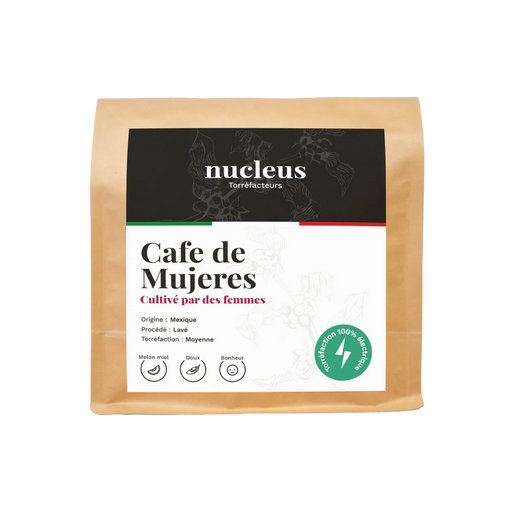

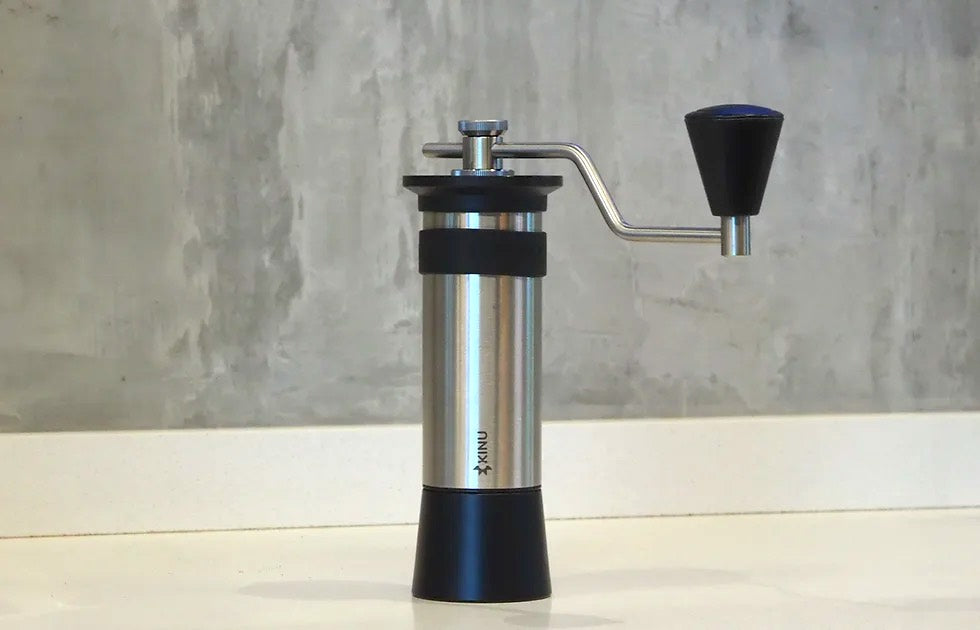





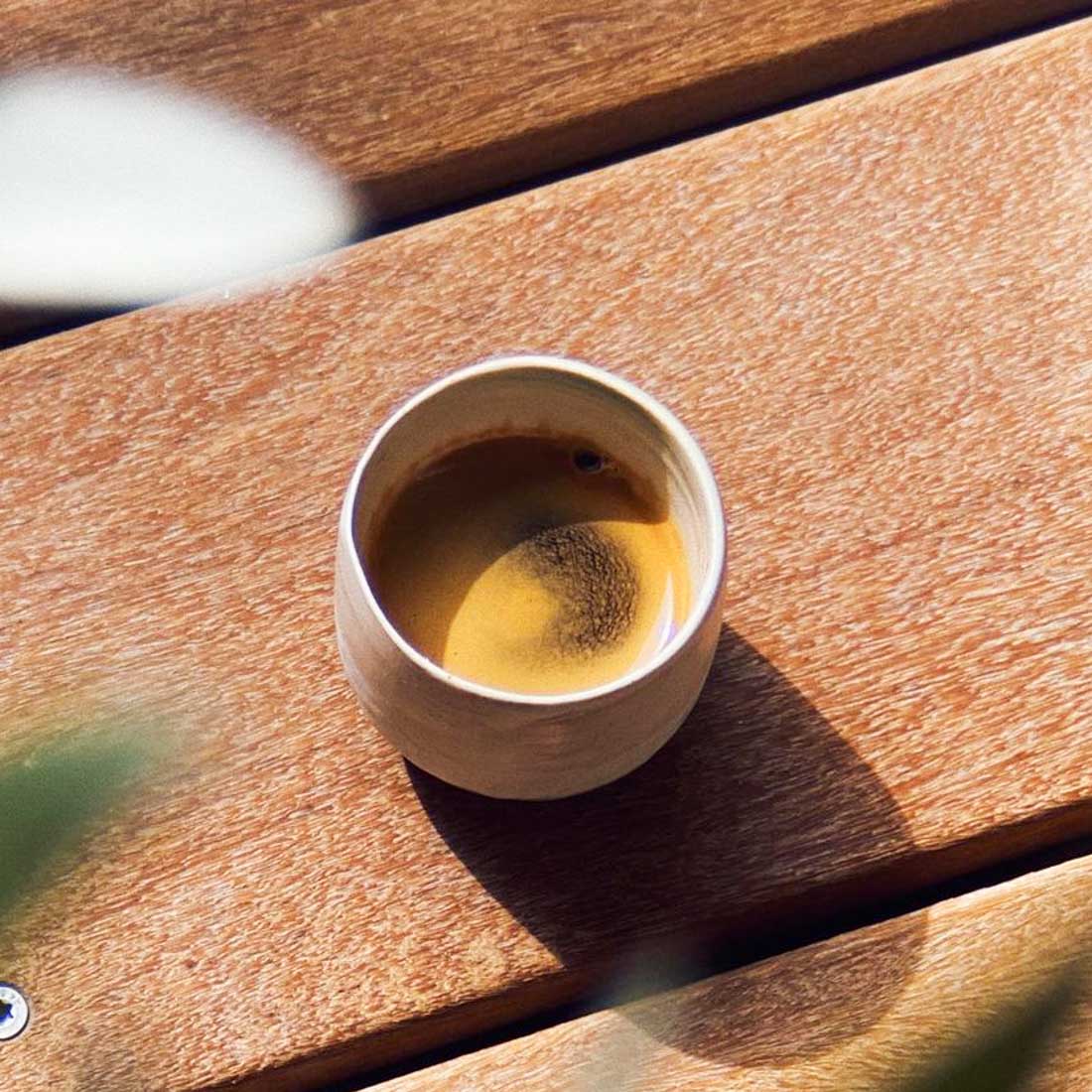
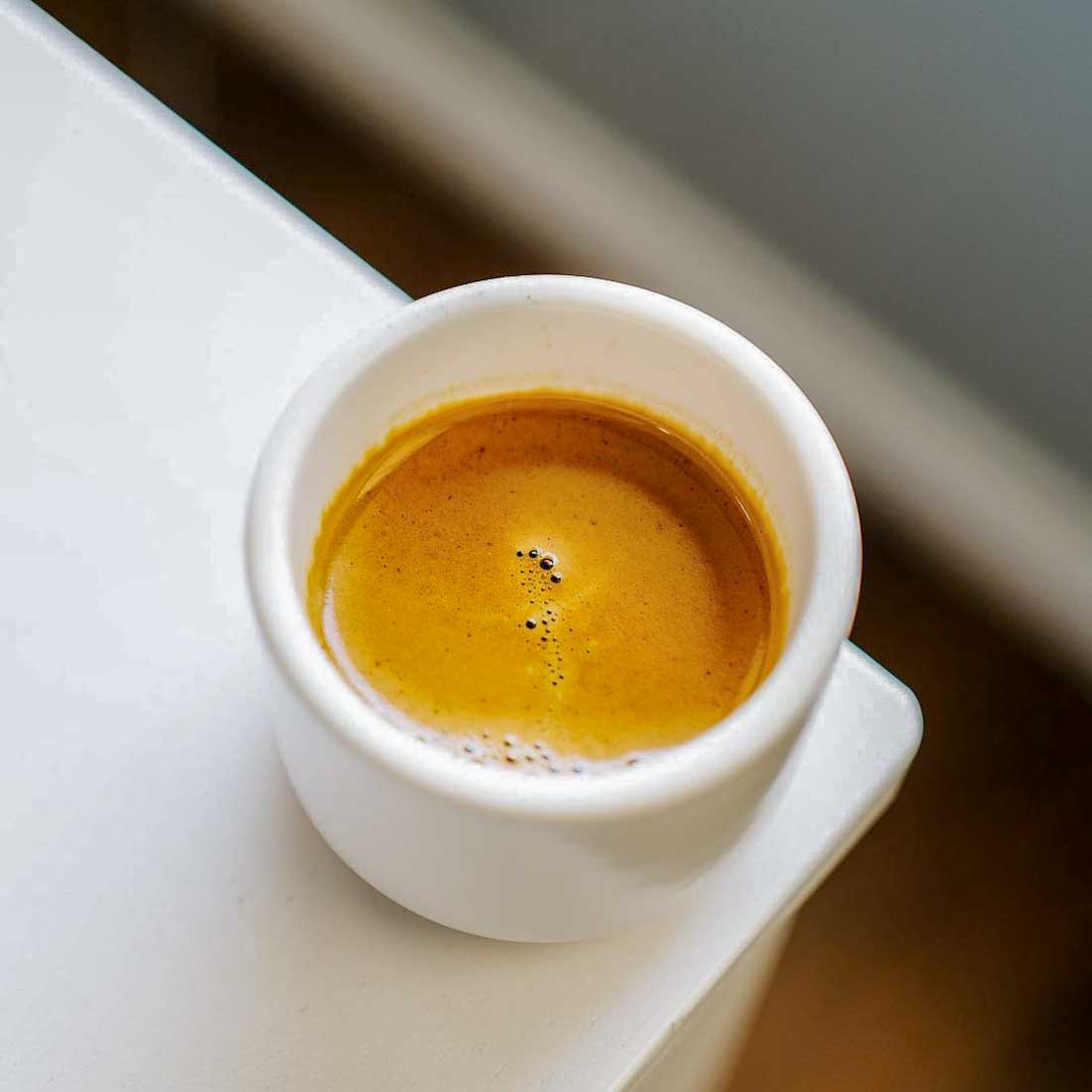
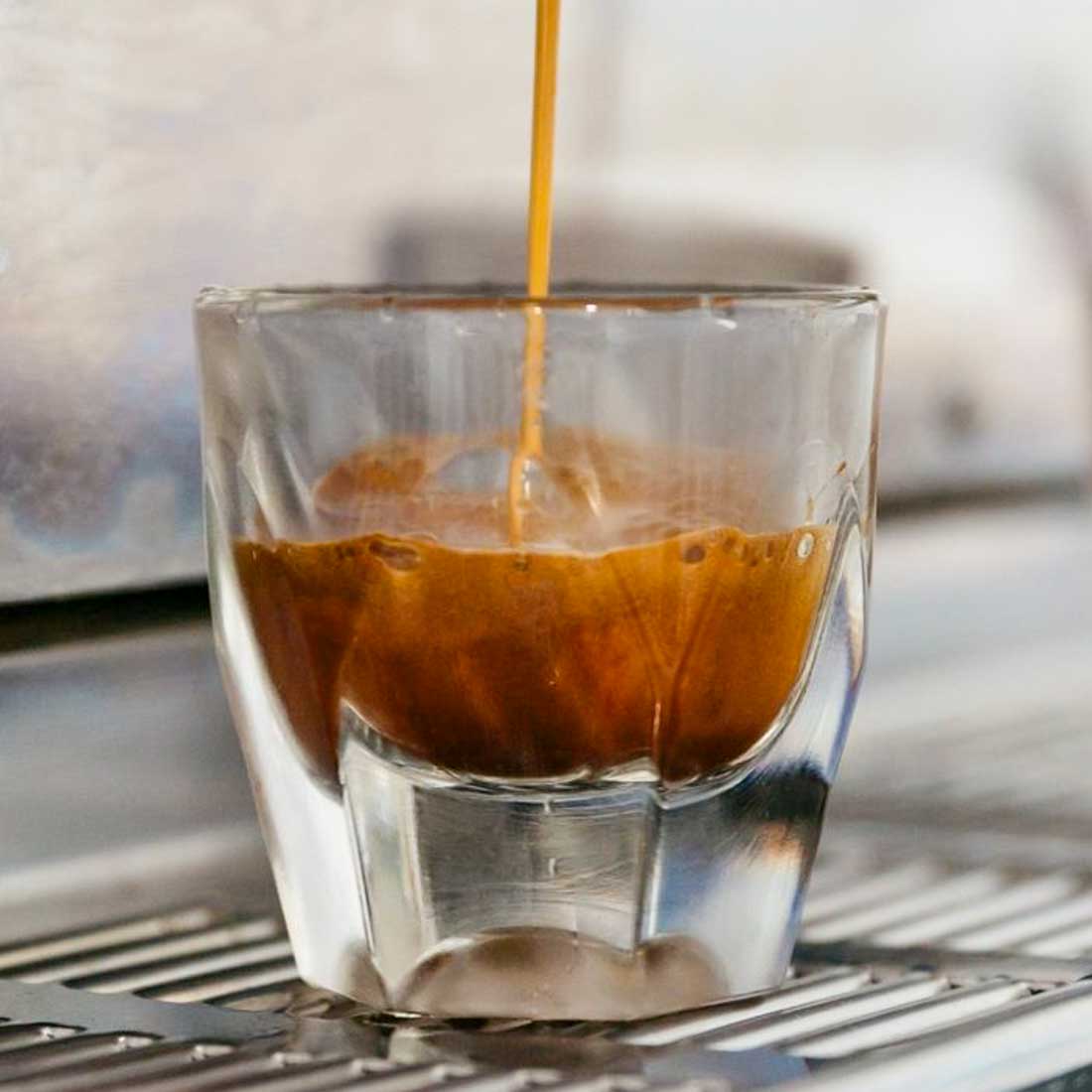
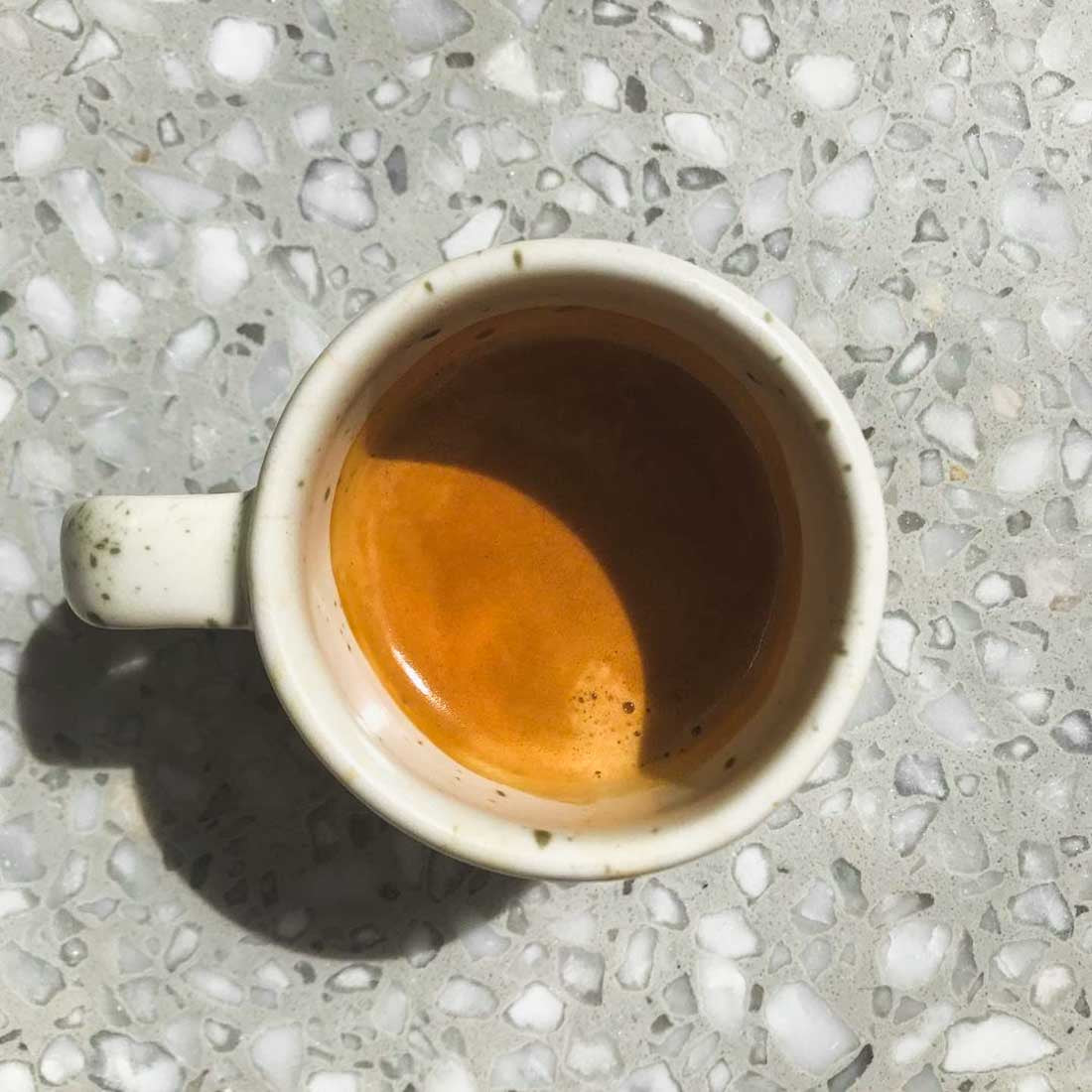
Comments
There are no comments.
Your comment